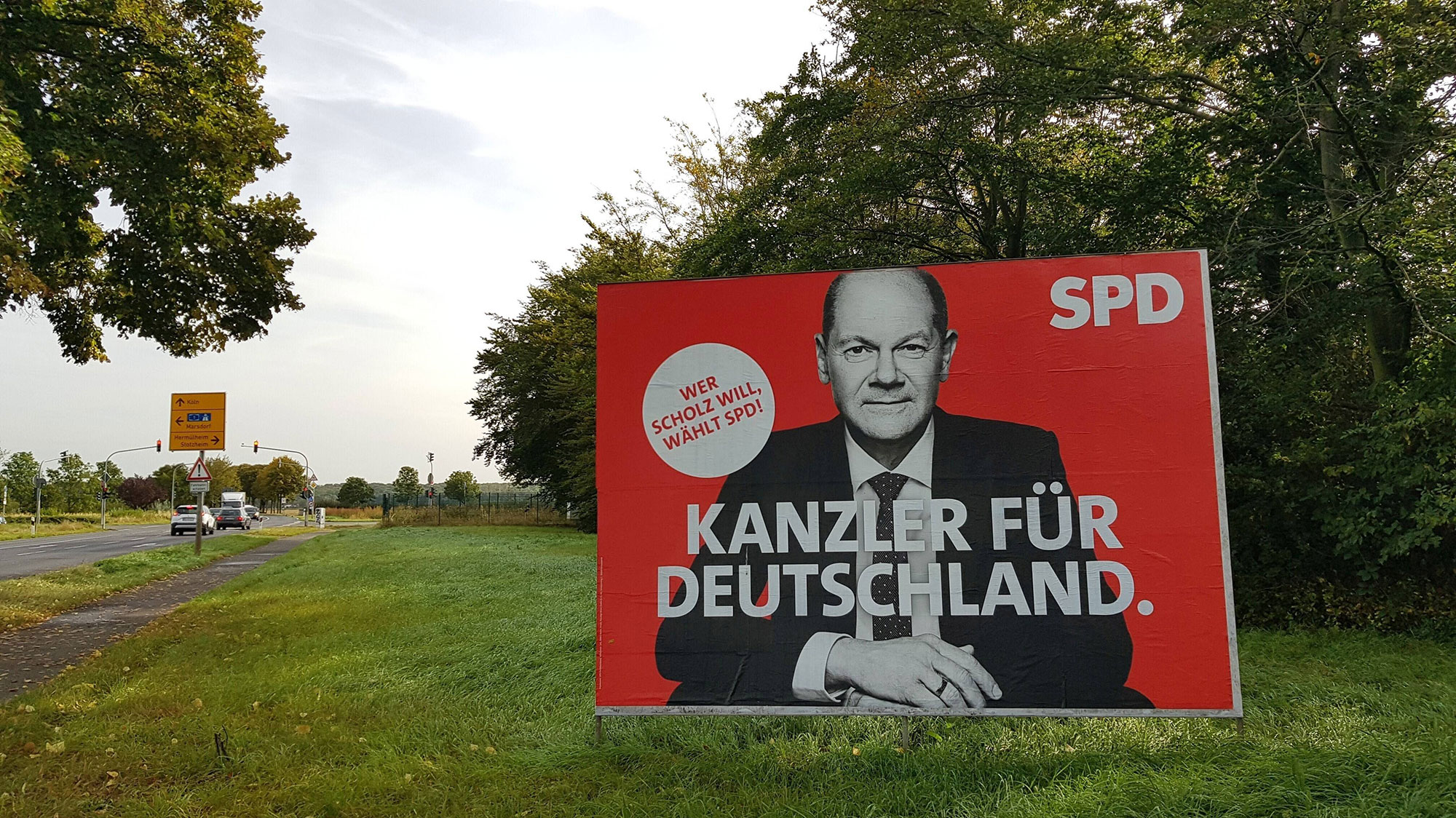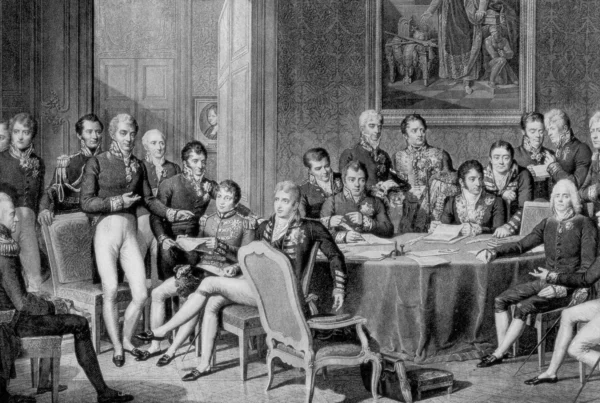In Germany’s election the SPD emerged victorious, with the CDU suffering historic losses. A “traffic light” coalition of SPD, FDP and Greens looks the most likely next government.
By David Bagshaw 14.10.2021
On 26th September, Germans went to the polls to elect a new government and successor to Chancellor Angela Merkel. The clear winner of the election is the Socialist Democratic Party (SPD). They gained 50 seats in parliament and finished ahead of the Christian Democratic Union (CDU) to become the largest party. In opinion polls taken after the election, SPD leader Olaf Scholz is clearly the preferred candidate to form a coalition and become the next Chancellor. Preliminary coalition talks between the SPD, Greens and Free Democratic Party (FDP) have been positive.
For the CDU of Chancellor Merkel, the election has been a major disappointment. Their vote share was down by more than a quarter on the previous election, equivalent to 6.5 million voters. Altogether they lost 50 seats between them, coming in as the second-largest grouping in the Bundestag. Markus Söder, leader of the CDU’s Bavarian sister party Christian Social Union (CSU), has publicly criticized the campaign run by Armin Laschet, Angela Merkel’s candidate of choice, saying that it was “clear that Germans wanted a different candidate to that put forward by the CDU and CSU.” It is unlikely that the two parties will break their cooperation. However, relations between them are at a low point.
On 11th October, the CDU announced that the entire party executive would be replaced in response to the disappointing result. Laschet has announced that he will not run to be the next leader of the party. There is debate within the party whether there should be a consensus candidate (Laschet’s preferred option), or whether there should be a leadership race. Frontrunners include Friedrich Merz, who lost the last two leadership elections, and Jens Spahn, the current Health Minister. However, should “traffic light” coalition talks fail, there is a possibility that the Union could find itself in power again.
The SPD has bounced back from its terrible performance in the 2017 election to become the largest party in the Bundestag, increasing its vote share by five percentage points. They held onto the lead that they held in opinion polls in the weeks running up to the election. They made considerable gains in Eastern Germany, as well as regaining ground in their heartlands in the northwest.
In addition, leader Olaf Scholz, the current Finance Minister, is the preferred candidate for more than 50% of Germans to be the next Chancellor, regardless of the makeup of the coalition. The SPD’s slightly unexpected success has sent optimism through the wider European socialist parties of a continent-wide resurgence of the left.
The Greens had their best election results in their history, securing just under 15% of the vote and finishing third overall. Their vote was strongest in Western Germany, and they also grew in Berlin. The FDP grew their vote share slightly but also emerged as a kingmaker. The far-right Alternative für Deutschland (AfD) picked up votes in the eastern states of Saxony and Thuringia, but their overall vote share was down on 2017. The Left also had a disappointing election, losing almost half their seats. Their loss is felt even more keenly as some in the party had talked beforehand of entering government in a left-leaning coalition with the SPD and Greens.
In the wake of the elections, the FDP and the Greens held talks as the kingmaker parties to agree on common ground, before holding talks with the two largest parties. The CDU briefly held talks with both parties. However, the so-called “traffic light” coalition of SPD, FDP and Greens has emerged as the most likely, with the three parties holding promising preliminary talks. If the three parties agree to move to formal coalition talks, they will have to be ratified by their executive boards.
Despite the upbeat tone, all three parties have noted the challenge of turning the verbal agreement into written text. There is much that separates the three parties, and coalition talks are likely to last several months. The FDP is more closely aligned to the values of the CDU than the SPD, with restrictions on tax hikes and zero budgetary deficit red lines for the party. Both the Greens and the SPD want to expand government spending to tackle inequality and climate change and increase taxes on the wealthy. However, all three parties agree that Germany needs to modernize and become greener and all parties will have to compromise in order to achieve this.
The next few months are a critical time for Germany’s future trajectory. Merkel will represent the country at COP26 in Glasgow, and could still be in power come Christmas. However, SPD leader Olaf Scholz looks the most likely to become Chancellor. On the other hand, the CDU looks set for a spell in opposition and a period of upheaval. So the question is not only who won the German election, but who lost it. Angela Merkel could have played her cards differently. She could have stepped down much sooner, to let her successor establish his profile and party support. She could have pushed for Markus Söder, the more popular politician, to be the joint CDU/CSU candidate. She failed to understand where the wind was blowing and ultimately her party got blown away. Her party suffered a historic defeat. Scholz is to be congratulated on a solid campaign and a deserved win. It remains to be seen how the Union will recover from this debacle. “Aprés moi le deluge” might be Merkel’s final legacy.
Picture: German Poster Posters Election for the Bundestag Election for SPD Olaf Scholz Chancellor for Germany. © IMAGO / teutopress





